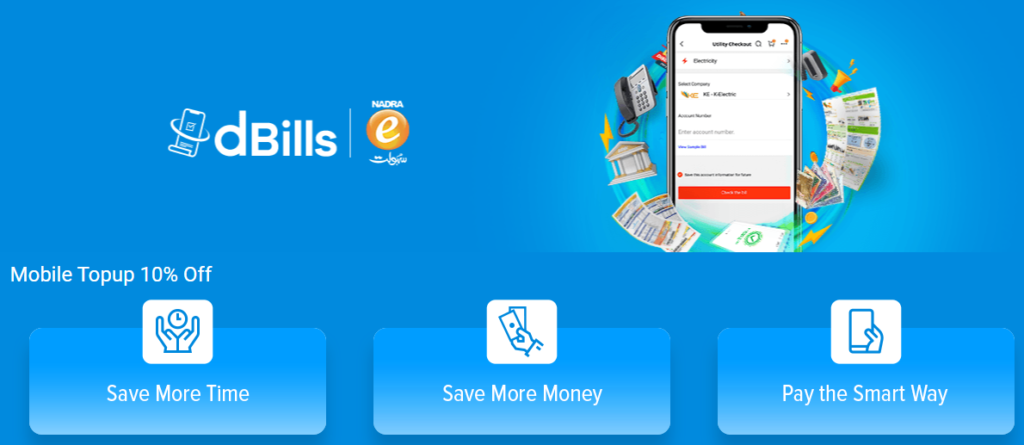Shopping events are more than just sales; they’re carefully orchestrated opportunities for businesses to connect with customers, boost revenue, and build brand loyalty. From the frenzy of Black Friday to the targeted engagement of exclusive VIP events, understanding the nuances of shopping events is crucial for both retailers and savvy consumers. This comprehensive guide dives into the world of shopping events, exploring their various forms, benefits, and strategies for maximizing their impact.
Understanding Different Types of Shopping Events
The retail landscape is dotted with various shopping events, each designed with a specific purpose and target audience in mind. Understanding these differences is key to participating effectively, whether you’re a business owner planning your marketing strategy or a shopper looking for the best deals.
Annual Mega Sales
These are the tentpole events of the retail year, drawing massive crowds and generating significant revenue.
- Black Friday: The day after Thanksgiving in the US, now a global phenomenon. Known for deep discounts and limited-time offers, often leading to long lines and early morning openings. Example: Electronics retailers slashing prices on TVs and laptops.
- Cyber Monday: An online-focused event that follows Black Friday, emphasizing deals on e-commerce platforms. Often features free shipping and exclusive online promotions. Example: Online clothing retailers offering 50% off sitewide.
- Singles’ Day (11.11): Originating in China, this is the world’s largest online and offline shopping day. Deals are typically available on a wide range of products, from electronics to fashion. Example: Alibaba’s Taobao and Tmall platforms seeing record-breaking sales.
- Boxing Day: Celebrated the day after Christmas, primarily in the UK, Canada, Australia, and New Zealand. Features significant discounts on leftover holiday inventory. Example: Department stores clearing out Christmas decorations and gift sets.
Seasonal Sales and Promotions
These events are tied to specific times of the year and cater to seasonal needs and interests.
- Summer Sales: Offering discounts on summer clothing, outdoor gear, and vacation essentials. Example: Sporting goods stores promoting discounts on camping equipment.
- Back-to-School Sales: Targeting students and parents with deals on school supplies, clothing, and electronics. Example: Office supply stores offering discounts on notebooks, pens, and calculators.
- Holiday Sales: Covering a broader period around the winter holidays, including Christmas, Hanukkah, and Kwanzaa. Example: Toy stores offering discounts on popular toys and games.
Exclusive and Targeted Events
These events are designed to create a sense of exclusivity and cater to specific customer segments.
- VIP Events: Private shopping events for loyal customers, offering exclusive previews, discounts, and personalized service. Example: Luxury retailers hosting champagne receptions and offering private styling sessions.
- Members-Only Sales: Offering special discounts and promotions to members of a loyalty program or subscription service. Example: Warehouse clubs like Costco and Sam’s Club offering exclusive deals to their members.
- Flash Sales: Short-term sales with significant discounts, creating a sense of urgency and encouraging impulse purchases. Example: Online retailers offering deeply discounted prices on specific products for a limited time.
Benefits of Participating in Shopping Events
Shopping events offer a multitude of benefits for both businesses and consumers.
Benefits for Businesses
- Increased Sales and Revenue: Shopping events drive significant traffic and sales volume, boosting revenue and clearing out inventory.
- Enhanced Brand Awareness: Participating in popular events increases brand visibility and exposure to new customers.
- Customer Acquisition: Attractive deals and promotions attract new customers, expanding the customer base.
- Inventory Clearance: Shopping events provide an opportunity to clear out slow-moving inventory and make room for new products.
- Improved Customer Loyalty: Offering exclusive deals and experiences can strengthen customer relationships and build loyalty.
- Data Collection and Insights: Shopping events provide valuable data on customer behavior, preferences, and purchasing patterns.
Benefits for Consumers
- Significant Savings: Shopping events offer deep discounts on a wide range of products and services.
- Early Access to Products: Some events provide early access to new products or limited-edition items.
- Exclusive Deals: Consumers can access exclusive deals and promotions that are not available at other times.
- Opportunity to Stock Up: Shopping events allow consumers to stock up on essential items at discounted prices.
- Holiday Shopping Made Easier: Events like Black Friday and Cyber Monday can help consumers complete their holiday shopping lists efficiently.
- Discover New Products: Shopping events expose consumers to new products and brands they might not otherwise encounter.
Strategies for Businesses: Maximizing Shopping Event Impact
Planning and executing a successful shopping event requires careful consideration and strategic implementation.
Pre-Event Planning
- Define Clear Goals: Set specific, measurable, achievable, relevant, and time-bound (SMART) goals for the event. Example: Increase online sales by 20% during Cyber Monday.
- Target Audience: Identify the target audience and tailor promotions to their needs and interests. Example: Focusing on family-friendly products during a back-to-school sale.
- Inventory Management: Ensure adequate inventory levels to meet anticipated demand. Example: Stocking up on popular electronic gadgets before Black Friday.
- Marketing and Promotion: Develop a comprehensive marketing plan to promote the event across multiple channels.
Email Marketing: Sending targeted emails to subscribers with exclusive previews and offers.
Social Media: Utilizing social media platforms to create buzz and engage with potential customers.
Paid Advertising: Running targeted ads on search engines and social media platforms.
Influencer Marketing: Partnering with influencers to promote the event to their followers.
- Website Optimization: Ensure the website is optimized for speed and mobile responsiveness. Example: Minimizing image sizes and streamlining the checkout process.
- Staff Training: Train staff on event procedures, customer service, and product knowledge. Example: Preparing staff for high-volume transactions and potential customer inquiries.
During the Event
- Monitor Performance: Track key metrics such as website traffic, sales, and customer feedback in real-time.
- Respond to Customer Inquiries: Provide prompt and helpful customer service to address any issues or concerns.
- Manage Inventory Levels: Monitor inventory levels closely and replenish stock as needed.
- Optimize Promotions: Adjust promotions based on performance and customer feedback. Example: Offering free shipping to boost sales on items that aren’t moving as quickly.
- Ensure a Smooth Shopping Experience: Provide a seamless and enjoyable shopping experience for customers. Example: Offering multiple payment options and easy returns.
Post-Event Analysis
- Review Key Metrics: Analyze key metrics to assess the success of the event and identify areas for improvement.
- Gather Customer Feedback: Collect customer feedback through surveys, reviews, and social media monitoring.
- Segment Customers: Segment customers based on their behavior during the event to personalize future marketing efforts.
- Follow-Up Marketing: Send follow-up emails and offers to customers who participated in the event.
- Plan for Future Events: Use the insights gained from the event to plan and improve future shopping events.
Tips for Consumers: Navigating Shopping Events Like a Pro
Savvy consumers can maximize their savings and avoid common pitfalls by following these tips.
Pre-Event Preparation
- Create a Budget: Set a budget and stick to it to avoid overspending.
- Make a List: Create a list of items you need or want to buy.
- Research Prices: Research prices of desired items before the event to identify the best deals. Use tools like PriceGrabber or Google Shopping.
- Read Reviews: Read reviews of products you’re interested in to ensure quality and performance.
- Sign Up for Email Alerts: Sign up for email alerts from retailers to receive exclusive previews and offers.
During the Event
- Shop Early: Arrive early or shop online as soon as the event starts to avoid missing out on popular items.
- Compare Prices: Compare prices across different retailers to ensure you’re getting the best deal.
- Read the Fine Print: Read the fine print of promotions and discounts to understand any restrictions or limitations.
- Be Aware of Shipping Costs: Factor in shipping costs when comparing prices online.
- Secure Your Transactions: Use secure payment methods and be wary of phishing scams.
Post-Event Actions
- Track Your Purchases: Keep track of your purchases and receipts for returns or exchanges.
- Review Return Policies: Review the return policies of retailers before making a purchase.
- Report Issues: Report any issues or concerns to the retailer promptly.
- Unsubscribe from Email Lists: Unsubscribe from email lists if you no longer want to receive promotional emails.
Conclusion
Shopping events are a powerful force in the retail world, offering significant benefits for both businesses and consumers. By understanding the different types of events, implementing strategic planning, and following best practices, businesses can maximize their impact and drive revenue. Consumers, in turn, can leverage these events to find incredible deals, discover new products, and save money. Approaching shopping events with knowledge and preparation leads to a more rewarding and successful experience for everyone involved.

